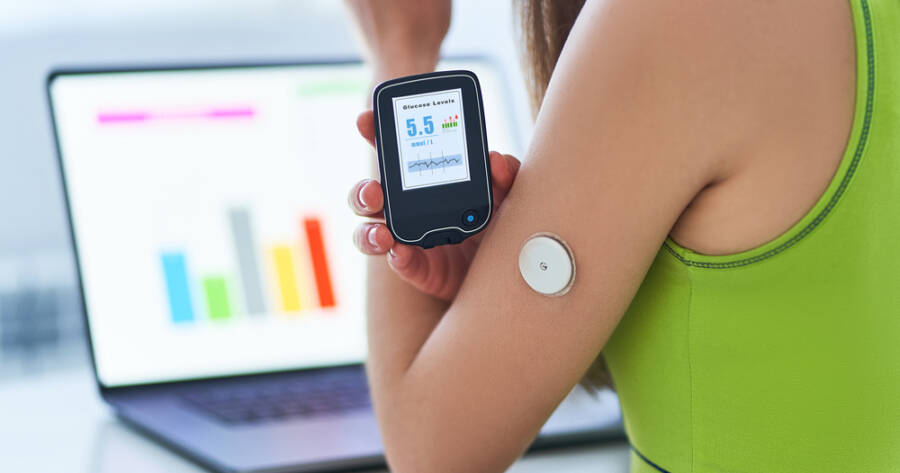Managing diabetes requires regular monitoring of blood sugar levels. Traditional methods often involve pricking your finger, which can be painful and inconvenient. Needleless blood glucose monitors are changing the game by offering a pain-free alternative. While these devices are innovative, they often come with a higher price tag. Let’s explore the costs, benefits, and whether they are worth the investment for better diabetes care.
How Do Needleless Blood Glucose Monitors Work?
Needleless monitors use advanced technology to measure blood glucose levels without the need for a lancet. They rely on sensors that detect glucose levels through the skin, sweat, or interstitial fluid.
Some models attach to the skin, while others resemble smartwatches or handheld devices. These technologies offer a painless and convenient option for frequent glucose checks. However, the innovation behind these monitors often contributes to their higher cost.
What Do Needleless Blood Glucose Monitors Cost?
The price of needleless monitors varies depending on the brand, features, and technology. Entry-level models can cost a couple hundred dollars, but high-end options often exceed $1,000. Additional costs, such as sensors or subscriptions for data access, can add up over time.
These recurring expenses are essential to consider when budgeting for a needleless monitor. Despite the initial investment, the convenience may outweigh the cost for many users.
Benefits of Needleless Blood Glucose Monitors
Needleless monitors offer numerous benefits that improve diabetes management. First, they eliminate the need for finger pricks, reducing pain and discomfort. Many devices provide real-time glucose readings, helping users make immediate adjustments to their diet or insulin doses.
The convenience of wearable monitors also allows for continuous tracking, offering a clearer picture of glucose trends. These features may lead to better health outcomes over time.
Challenges to Consider Before Buying
Despite their advantages, needleless monitors have some drawbacks. High upfront costs can make them inaccessible for some people. The technology is still evolving, which means some devices may have accuracy issues compared to traditional methods.
Additionally, recurring costs for replacement sensors or maintenance can strain budgets. It’s essential to weigh these factors when deciding whether a needleless monitor fits your needs and financial situation.
Are Needleless Blood Glucose Monitors Worth the Price?
Whether these devices are worth the investment depends on individual circumstances. For those who value convenience and reduced pain, the higher cost may feel justified.
People managing diabetes intensively, such as those requiring frequent monitoring, might benefit the most. However, for others, traditional methods could remain a more cost-effective option. Researching available models and consulting with healthcare professionals can help in making an informed decision.
Making the Right Choice
Needleless blood glucose monitors are transforming diabetes care with their convenience and innovative features. However, they come with significant costs that may not suit every budget.
Weighing the benefits against the price is essential before making a purchase. For some, the comfort and ease of use will make the investment worthwhile. For others, traditional methods may still meet their needs effectively. Choose the option that aligns best with your health goals and financial resources.
